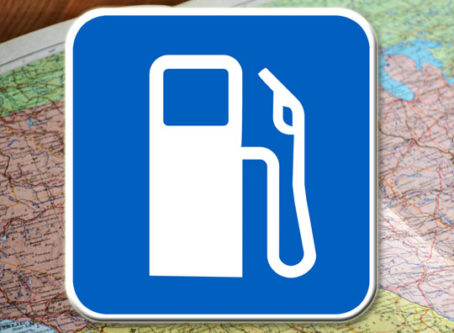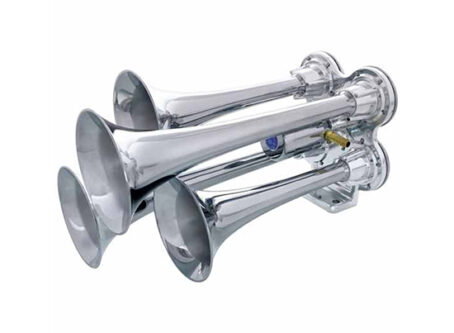Analysis dives into self-driving vehicles’ impact on labor force
A new analysis quantifies threats to the labor force posed by self-driving vehicles.
Recently, TruckInfo.net analyzed data from the Bureau of Labor Statistics to see which cities and states will be most affected by self-driving vehicles. The analysis looked at how many driving jobs are in each city and state.
According to the findings, the following large metro areas have the largest percentage of their labor force at risk:
- Memphis, Tenn./Miss./Ark. – 4.96% of labor force (30,790 jobs)
- Riverside-San Bernardino-Ontario, Calif. – 3.9% (63,620 jobs)
- Indianapolis-Carmel-Anderson, Ind. – 3.68% (38,680 jobs)
- Birmingham-Hoover, Ala. – 3.54% (17,720 jobs)
- Nashville-Davidson-Murfreesboro-Franklin, Tenn. – 3.53% (36,550 jobs)
- Louisville/Jefferson County, Ky./Ind. – 3.4% (21,860 jobs)
- Columbus, Ohio – 3.33% (35,370 jobs)
- Kansas City, Mo./Kan. – 3.32% (34,960 jobs)
- Fresno, Calif. – 3.3% (13,120 jobs)
- Richmond, Va. – 3.28% (20,640 jobs)
Broken down by state, the following states have the largest portion of their labor force comprised of driving jobs:
- North Dakota – 4.51%
- Wyoming – 4.24%
- Arkansas – 4.16%
- Iowa – 3.95%
- Nebraska – 3.79%
- Tennessee – 3.76%
- Mississippi – 3.55%
- Indiana – 3.53%
- Alabama – 3.51%
- Wisconsin – 3.48%
The elimination of driving jobs can affect workers without college degrees. As TruckInfo.Net pointed out, for workers without a college degree, most driving jobs pay significantly more than other available opportunities.
Concerns over self-driving vehicles
Several stakeholders have expressed their concern over self-driving vehicles, including labor unions and the Owner-Operator Independent Drivers Association.
On Wednesday, Nov. 8, the Transport Workers Union of America, Transportation Trades Department, International Brotherhood of Teamsters and about two dozen other unions expressed their concerns in a letter to Transportation Secretary Pete Buttigieg.
“We write today to reiterate our grave safety concerns about the expanded testing and operation of automated driving system-equipped vehicles,” the unions wrote. “Given the recent surge in both the number of cities operating these vehicles on public streets and the number of crashes and safety incidents involving these vehicles, we urge you to take immediate action to bring long overdue federal leadership to this issue.”
Self-driving vehicles have suffered a setback over the past year. Most recently, Cruise suspended its driverless operations nationwide. The announcement came just days after the California Department of Motor Vehicles concluded that the company’s robotaxis posed “an unreasonable risk to public safety.”
Incidents involving self-driving vehicles have caught the attention of safety groups.
In September, Cathy Chase, president of Advocates for Highway and Auto Safety, expressed her concerns to a House subcommittee hearing about autonomous trucks.
“The safety mishaps are substantial, and the consequences are alarming,” Chase told lawmakers. “While AVs for passengers and AV trucks are not the same, there are similarities and lessons to be learned from the ongoing San Francisco (program). The serious problems must not be replicated or magnified with trucks or transit vehicles, which are significantly larger and heavier, more complex to operate and can have devastating outcomes in crashes.”
The Owner-Operator Independent Drivers Association, which represents small-business truckers, wrote to the committee about problems involving autonomous trucks.
“First and foremost, truckers are concerned about safety – their own – as well as the driving public’s,” OOIDA wrote. “Despite unfounded forecasts and empty promises that automated vehicles will lead to zero deaths, there continue to be real-world situations in which automation has devastatingly failed … For truckers who must share the road with these vehicles to do their job, an accident caused by autonomous technology could put them out of business and cause serious injury or death. Unfortunately, current voluntary reporting requirements leave truckers and the public in the dark about the safety and reliability of autonomous technologies.” LL
Senior Editor Mark Schremmer contributed to this report.









